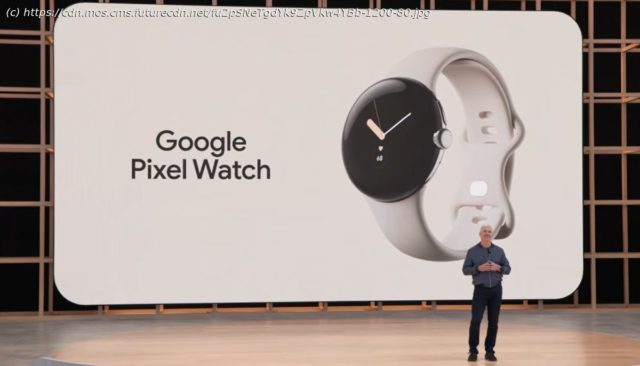Here’s how the Google Pixel Watch could make the most of its 32GB storage to improve Google Maps.
The Pixel Watch was announced at the Google IO developer conference in May 2022. It’s coming in “fall” 2022 – so will likely land alongside the Pixel 7 phone. Google gave us a closer look at the design, and peek at the particular version of Wear OS the watch will use. But the picture is not a complete one yet, and leaked specs hint at more ambitious plans Google may have for this watch. One caught our eye. The Pixel Watch will apparently have 32GB storage, a fact that was accidentally revealed in a listing found in a phone carrier’s back-end system, as reported by Android Police (opens in new tab). That’s twice the amount of storage the Samsung Galaxy Watch 4 has. The Samsung was the first watch to run Wear OS 3 — the bedrock Pixel Watch software. But what is all this for when Wear OS doesn’t have a thriving app scene to justify it? Google needs to do a lot more with this space than just letting you fill it up with downloaded YouTube Music playlists. What else? Not apps, but maps. The current experience you get with Google Maps on a watch is patchy. Load Google Maps outdoors on a “Wi-Fi only” Samsung Galaxy Watch 4 without a phone in your pocket and you’ll see a blank grid with a “connect to phone” message running along the top. Without an internet connection, mapping on Wear OS watches is simply absent. Google has already told us we’ll be able to navigate offline with the Pixel Watch, though. “You can get directions on-the-go, even without your phone,” said Google SVP of Devices and Services Rick Osterloh on-stage at Google IO. However, what we are likely to see is the watch version of something Google has already implemented on Android phones. On such a phone, you can program a route and a pop-up will suggest you save it for offline use in case you lose internet access. In a smartwatch this would translate to setting, perhaps, a run, walk or cycle route — because you shouldn’t be using a watch to navigate in-car – which would save the co-ordinates so turn-by-turn instructions can be fed through at the necessary points. This prediction is based on the map-free nav display we saw briefly on the Pixel Watch’s screen during the Google I/O presentation. But we don’t think this is good enough. Garmin already offers offline navigation far more advanced than this in watches like the Fenix 7, Epix 2 and Forerunner 955. Great as Garmin is, it should not be this far ahead of Google. On these watches you can download entire continents’ worth of mapping data to your internal memory. This doesn’t just include roads. Gas stations, convenience stores and restaurants are all in there as notable spots you might want to navigate towards.






